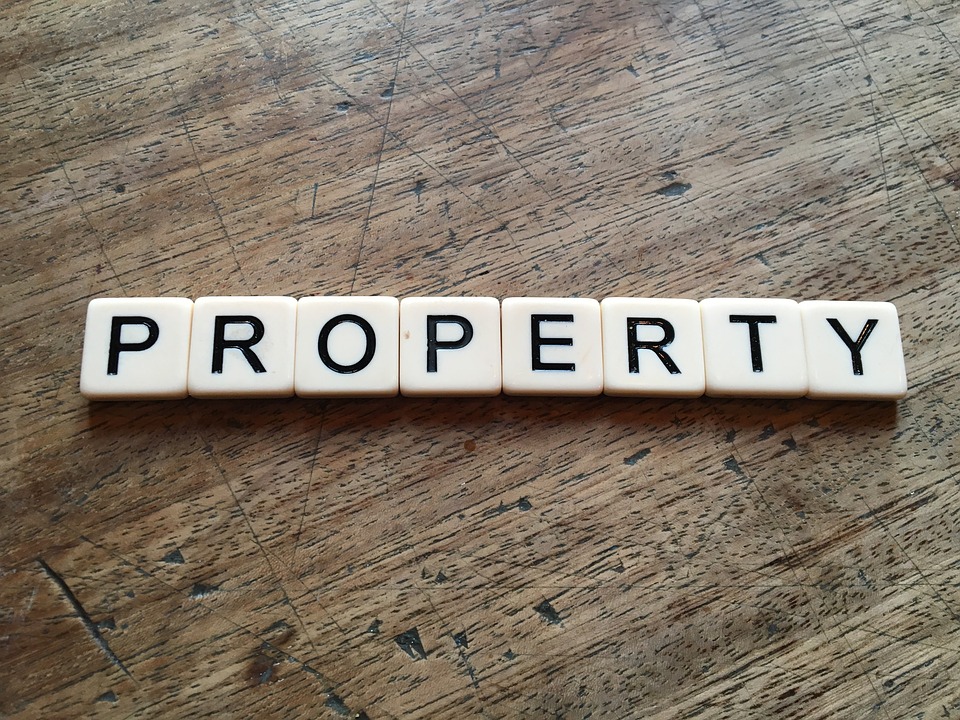
What Lies Beneath…?!
Date: 14/07/2015 | Real Estate
A recent landlord and tenant case provided a useful reminder of the importance of knowing the precise limits of the area being let and defining them properly in the lease.
In Beatsons Building Supplies Limited v Michael Gardner Noble and others, as trustees (2015SCED133) the tenant (Beatsons) took a fairly standard full repairing and insuring lease of a fairly standard industrial unit and yard area in Penicuik.
So far so good, but unknown to the tenant, a small burn ran through a culvert underneath the yard. The culvert suffered damage and caused the ground above it to crack and subside. Expensive repairs were required, and a dispute arose between the landlord and the tenant as to who was responsible for the necessary repairs.
The lease gave the tenant rights of free passage through the conduits serving the premises, and imposed a repairing obligation over the premises. The argument essentially came down to whether or not the conduit under the yard formed part of the property let.
The landlord argued that the repairs fell within the tenant’s repairing obligations as the extent of the tenants’ title was the whole of the property owned by the landlords, as shown on the Land Register. This, they argued, therefore included the ground under the buildings and yard.
Counsel for the tenants made a valiant (though unsuccessful) attempt at arguing that the culvert did form part of the conduits and therefore fell outwith the definition of the let premises. Making a comparison to overhead wires, the tenant argued that it could not be expected to maintain and repair the wires simply by virtue of them crossing the airspace above the premises. Likewise therefore, the tenant could not be expected to maintain the culvert simply because it ran underneath the leased premises.
The judge decided in favour of the landlord on the basis that he could not find any implication that the lease created a horizontal boundary under the site, nor was there any such common law rule.
The case will now continue to a legal debate on the classification of the works as “extraordinary repairs”, but the decision acts as a reminder for tenants entering a new lease to ensure they know the full extent of the property being let, and its condition. If the let area had been restricted to the surface of the yard area, the problem would not have arisen.




















































































